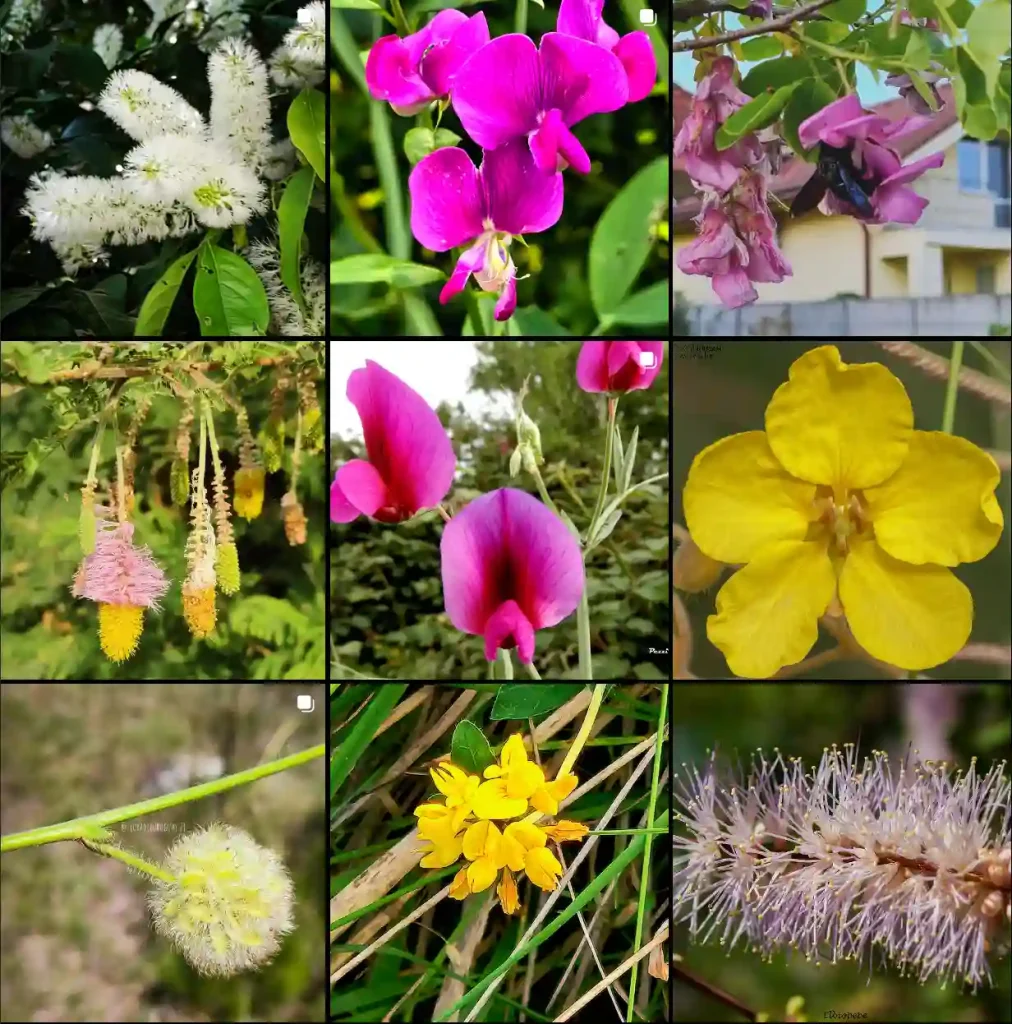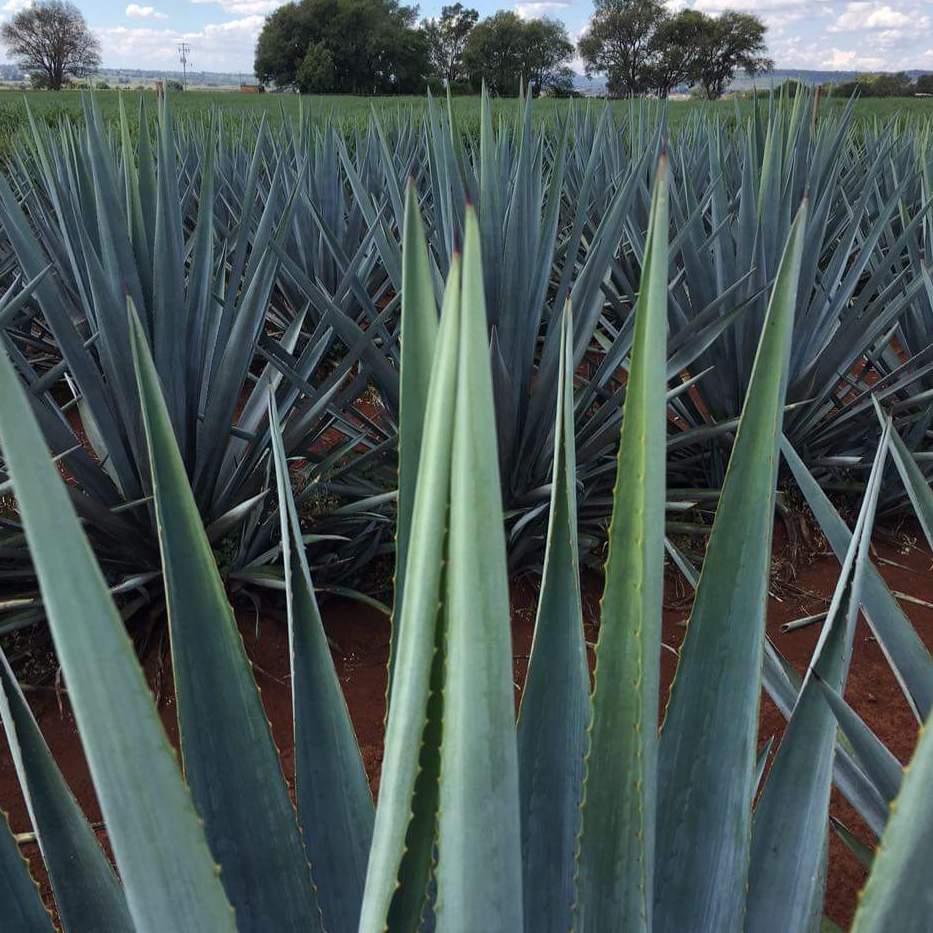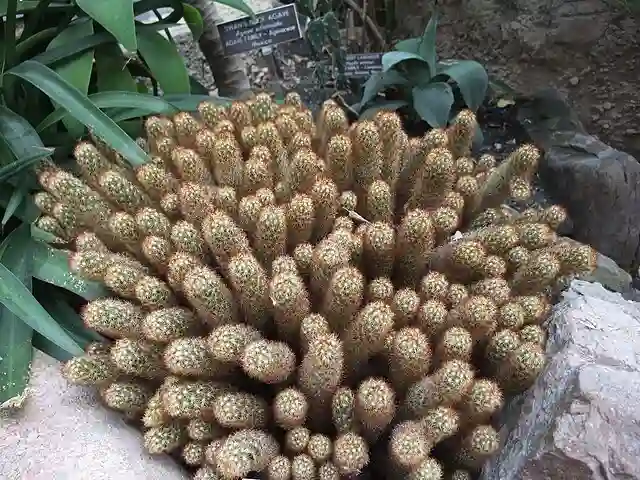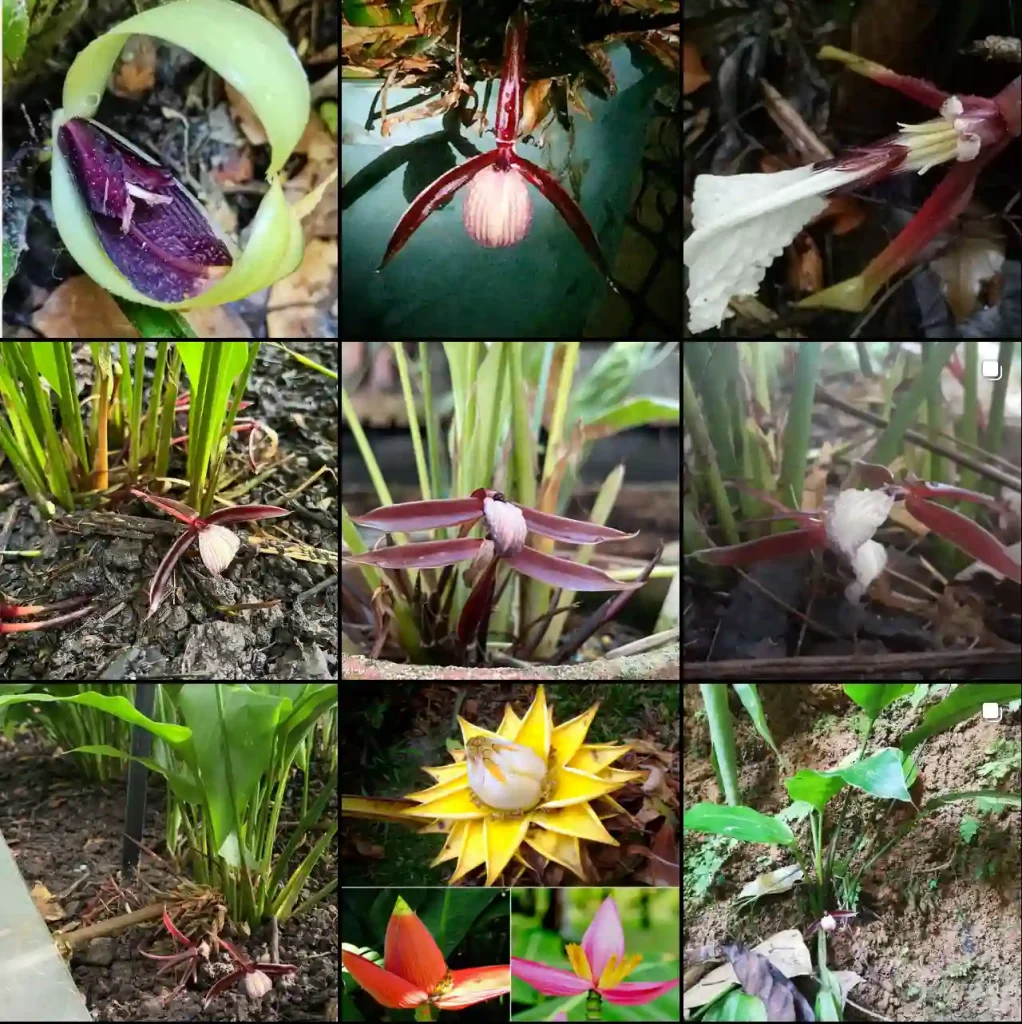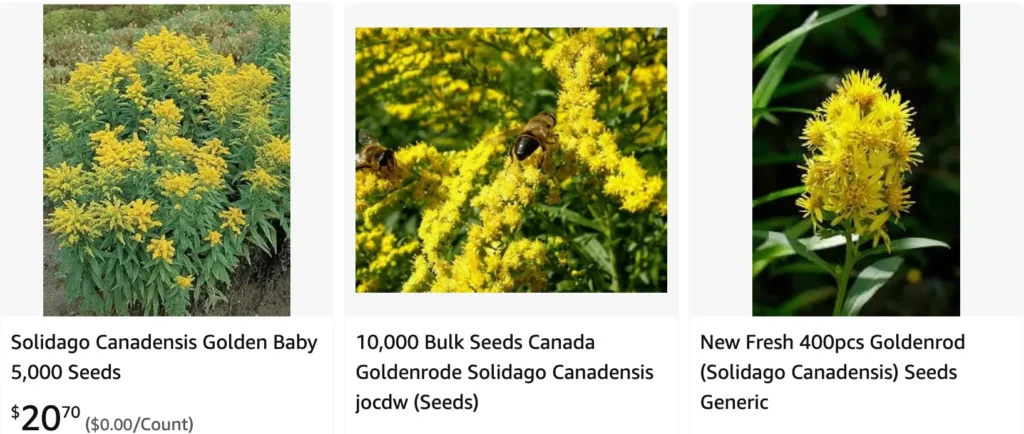
Canada Goldenrod: A Fall Favorite – Answering Your Questions
Hi, Ferb Vu here. As a plant enthusiast, I constantly get asked about the vibrant Canada Goldenrod (Solidago Canadensis). This late-blooming beauty is a familiar sight in North America, and for good reason. Let’s delve into some of the most common questions about this fascinating wildflower.
145 Species in Genus Solidago
What is Solidago Canadensis?
Solidago Canadensis – Canada Goldenrod is a herbaceous perennial belonging to the Asteraceae family, the same family as daisies and sunflowers. This sun-loving wildflower thrives in well-drained soils and boasts tall, upright stems reaching up to 6 feet in height. Come late summer and fall, the Canada Goldenrod explodes with clusters of bright yellow flowers, adding a cheerful splash of color to meadows and roadsides.
Solidago Canadensis vs Altissima
In my garden, Solidago Canadensis has been a bold, bright addition with its vibrant yellow blooms that really stand out, while Solidago Altissima, although similar in appearance, has a more subdued color and tends to grow taller and more aggressively, often overshadowing other plants in the bed.
How to Care for Canada Goldenrod?
Canada Goldenrod is a low-maintenance charmer. Thriving in full sun to partial shade, it tolerates a wide range of soil conditions, although well-drained sites are preferred. Once established, it’s quite drought-resistant.
Here’s what you need to know:
- Light: Full sun to partial shade.
- Soil: Well-drained, average to slightly acidic soil.
- Water: Water deeply during prolonged dry spells, especially during the first year of establishment. Established plants are quite drought tolerant.
- Fertilizer: Not necessary. In fact, too much fertilizer can encourage excessive foliage growth and reduce flowering.
Deadheading (removing spent flowers) can promote continued blooming, but it’s not essential. Leaving the flower heads on provides a valuable food source for pollinators in the fall and winter.
Dividing: Canada Goldenrod can become quite prolific. If you need to control its spread, you can divide established clumps in early spring or fall.
How to Propagate Canada Goldenrod?
There are two main ways to propagate Canada Goldenrod:
- Division: As mentioned earlier, established clumps can be divided in spring or fall. Simply dig up the clump, carefully separate it into smaller sections, and replant them in desired locations.
- Seed: Canada Goldenrod readily self-sows, so you might find volunteer seedlings popping up around your garden. You can also collect seeds in the fall, allowing them to dry completely before storing them in a cool, dry place for winter sowing.
What to Plant with Canada Goldenrod?
Canada Goldenrod’s vibrant yellow flowers pair beautifully with other fall bloomers like asters, purple coneflowers (Echinacea purpurea), and black-eyed Susans (Rudbeckia hirta). For added textural contrast, consider planting ornamental grasses like switchgrass (Panicum virgatum) or feather reed grass (Calamagrostis spp.) nearby.
Bee Magnet: Canada Goldenrod is a haven for pollinators, particularly bees and butterflies. Planting it alongside other pollinator-friendly flowers can create a vibrant and buzzing ecosystem in your garden.
Is Canada Goldenrod Allergenic?
A common misconception is that Canada Goldenrod is a major cause of fall allergies. This isn’t entirely true. Ragweed (Ambrosia spp.), which blooms around the same time, is the real culprit. Canada Goldenrod actually produces pollen that is too heavy to be easily windblown, making it less likely to trigger allergies.
Canada Goldenrod vs. Ragweed: How to Tell Them Apart
While both Canada Goldenrod and Ragweed flower in late summer and fall, a closer look reveals some key differences:
- Flowers: Canada Goldenrod has small, clustered, bright yellow flowers in flat-topped clusters. Ragweed’s flowers are inconspicuous, greenish-yellow, and arranged in long, drooping clusters.
- Leaves: Canada Goldenrod’s leaves are smooth-edged, while Ragweed’s leaves are lobed or serrated.
If you’re unsure about a particular plant, it’s always best to consult a reliable gardening resource or local nursery for proper identification.
I hope this has answered some of your questions about Canada Goldenrod. This easy-care wildflower is a welcome addition to any garden, providing a burst of color in the fall and a valuable food source for pollinators. So, the next time you see a patch of Canada Goldenrod, appreciate its beauty and its ecological importance!
If i die, water my plants!
